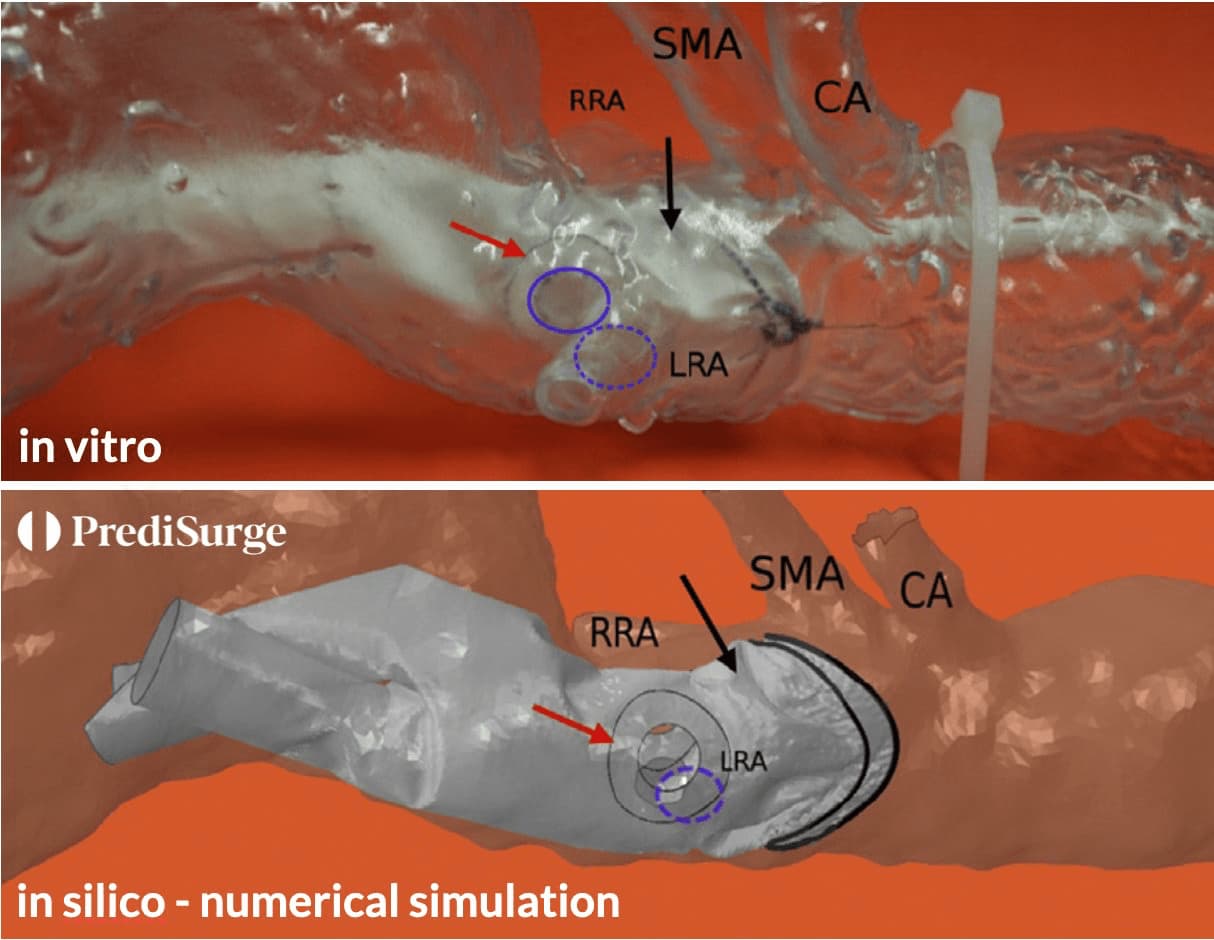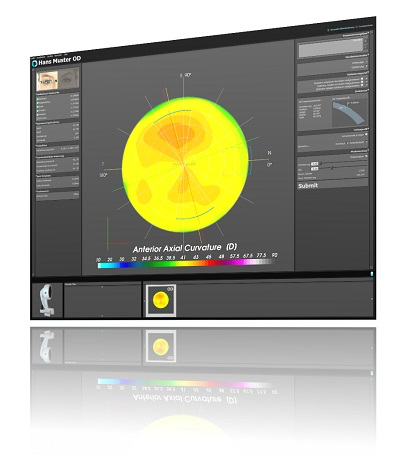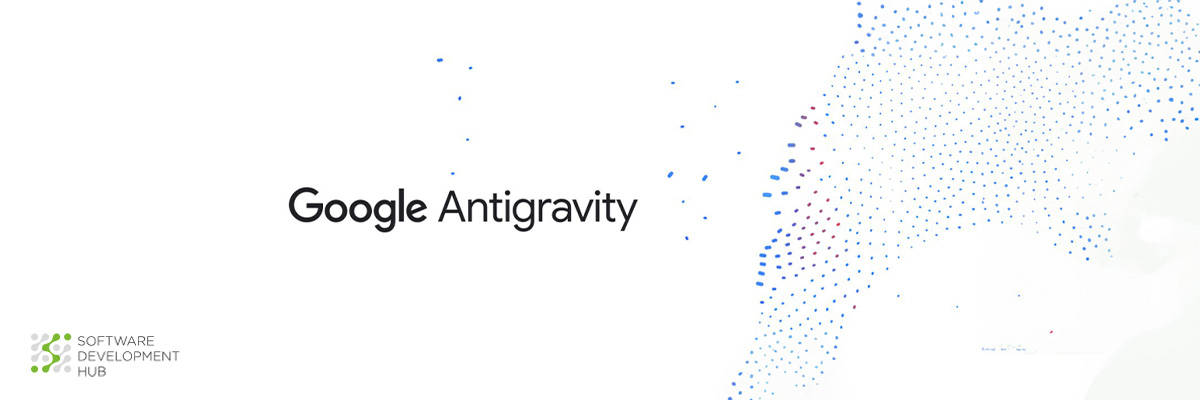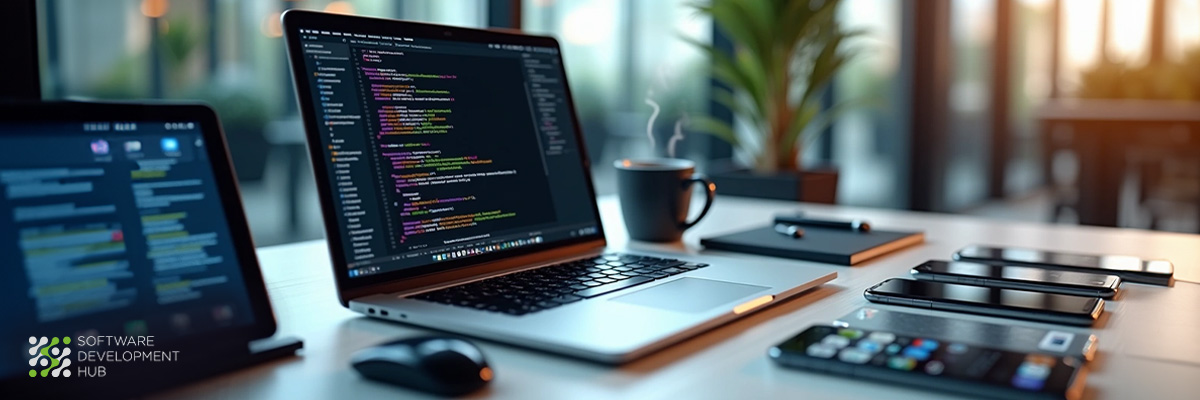Digital Twin Technology in Healthcare: Overview
The advancement of technologies such as the Internet of Things (IoT), artificial intelligence, machine learning, data analytics and their affordability has driven the success of the digital twin technology concept. The COVID-19 pandemic also had a positive impact on the digital twins market growth. Digital twins were adopted by healthcare providers after the pandemic to streamline work processes and predict institutional efficiency in the face of the increased influx of patients seen during the pandemic.
What is it?
A Digital Twin is a digital virtual copy of a physical object; a model of any objects, systems, processes, or people. It exactly replicates the form and actions of the source material and is synchronized with it. An essential point of the digital twin is that it uses information from the sensors mounted on the real device to set inputs to it.
The first description of the concept of a digital twin was made in 2002 by Michael Greaves, a professor at the University of Michigan. According to Grieves, "under ideal conditions, all the information that can be obtained from a product can be obtained from its digital twin". Officially, the term "Digital Twin" was first coined in NASA's 2010 Modeling and Simulation Report. It suggests an ultra-realistic virtual replica of a spaceship that would replicate the stages of construction, testing, and spaceflights.
The digital twins were introduced into the Gartner Hype Cycle in 2016 and peaked in 2018. In 2022 this technology is still there.

Hype Cycle for Emerging Tech for 2022
Digital twins are already widely used in healthcare. Using historical and real-time data collected on hospital operations and the environment (e.g., COVID-19 cases, car accidents, dust storms) to create digital twins allows hospital management to identify bed shortages, optimize staff schedules and help manage rooms. Such information improves resource efficiency and optimizes hospital and staff performance while reducing costs. The use of digital twins can reduce patient treatment time, decrease the number of hospital-acquired complications, increase patient satisfaction, and reduce hospital expenditures.
Technology makes it possible:
- development in the drug therapy model;
- risk assessment of drugs using, surgical interventions etc.;
- remote monitoring of patients;
- personalized treatment;
- medical imaging;
- decision support etc.
With a focus on each patient on a case-by-case basis, healthcare practitioners do not treat on the basis of large samples. More likely, they are relying on individual modeling to track each patient's response to different treatments, which improves the accuracy of the general treatment plan. They are also able to diagnose abnormalities before symptoms become evident.
Unfortunately, the technology is still not very widespread in clinical practice because of its high cost. And the barrier is still the lack or poor quality of data. AI systems learn from available biomedical data, but because it is not collected by all companies, the quality does not always meet the requirements of developers. But in spite of all this, the implementation of digital twins will help bring healthcare to a new competitive level.
How it works?
Up to recently, it has been a problem to get access to accurate data that allow a detailed assessment of the current and future state of the object to be twinned. Conventionally, static data have been used for retrospective analysis. However, advances in technologies have made accurate forecasting possible. The combination of modern technology with a digital twin allows you to extract information in real time to effectively analyze trends, taking into account the impact of external factors.

Digital twin operation scheme
The digital twin constantly collects data from sensors and systems in real time, performs intelligent analysis and makes predictions of the technical condition of the object. It also performs statistical analysis, determines the efficiency of operation and monitors the safety. All this information is available to users at any time.
How to implement it?
Digital twins may be created in a number of ways:
- a graphical 3D model;
- an IoT based model;
- an integrated mathematical models;
- various visualization technologies such as holograms, AR and VR.
The stages of creating the twin in short are as follows.

Creation process of a digital twin
- Object investigation — a detailed map of the prototype, that reproduces all the processes and characteristics of the object in different conditions is developed. This stage is not mandatory, only if the digital twin has a real prototype.
- Digital copy modeling — mathematical techniques of calculation and analysis are used to construct a comprehensive model.
- Model Realization — mathematical models, data and the interface to control the digital twin are combined, turning it into a dynamic system.
- Basic processes testing on the digital twin - technical analysts are involved in the process, who collect a large amount of data during tests to predict algorithms for all possible conditions and situations.
- Launch and setup — monitoring for failures and breakdowns that were not detected in the previous stages.
- Correction and development of the original object — changes are made to make it as effective as possible.
Healthcare Industry Adoption Examples
The digital twins in healthcare are getting increasingly popular. Multiple suppliers are currently underway on virtual body parts that can be adjusted for individual patients and updated to understand disease progression through time, how they respond to new drugs, treatments or surgical interventions.
The Philips Dynamic HeartModel A.I. monitors each frame of the cardiac cycle using 3D speckle technology.

Dynamic HeartModel A.I.
Sampling multiple heartbeats and averaging the results made cardiac function assessment more dependable than single heartbeats in patients with arrhythmias like atrial fibrillation.
Hewlett Packard’s and the Ecole Polytechnique Fdrale de Lausannes’s Blue Brain project is aimed to create digital models of the brain as a value-added approach to insight the brain by creating the world's first biologically detailed digital reconstructions and simulations of the mouse brain.

Blue Brain’s data-driven research approach
The PrediSurge’s technology is developing modeling technology to expand aortic and cardiac indications for products that will help plan and perform endovascular interventions.

Optimo and Ansys are working on OptimEyes software for the widespread implementation of engineering modeling in the eye care industry and the rapid treatment of astigmatism, and on corneal topography imaging and creating a "corneal topography toolkit" to make sense of the variations between each individual's eyes.

OptimEyes software
The GE Healthcare Command Center initiates hospital virtualization as a safe framework for testing changes in system performance. It includes bed and level configurations, surgical block schedule optimizations, health system facility and service line growth strategies, optimization of process improvement funnel, and staffing model design opportunities.
There are many other examples of digital twin implementations, but at the same time it is an unexplored market, and several well-known companies around the world are actively working to investigate the power of the digital twins into the healthcare industry.
For now, healthcare digital twins are still in their formative stages.Overall, the digital twins have enormous promise in the healthcare market and could save countless lives by sharply reducing healthcare expenses and reducing the workload on the healthcare system.
The Software Development Hub creates products for automating healthcare processes. In our work, our team relies on flexible planning and development methods, which makes it possible to implement strategy and business tasks taking into account realities, and not just planning. SDH is a company that has extensive experience in custom medical app development and internet of things software development.
Categories
About the author
Share
Need a project estimate?
Drop us a line, and we provide you with a qualified consultation.








